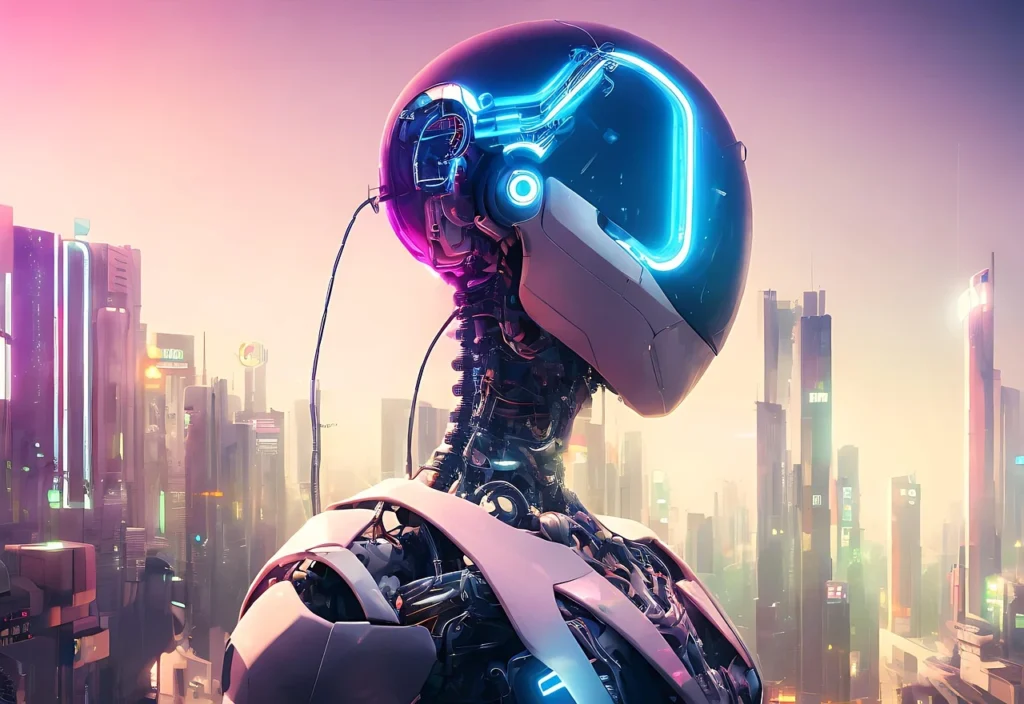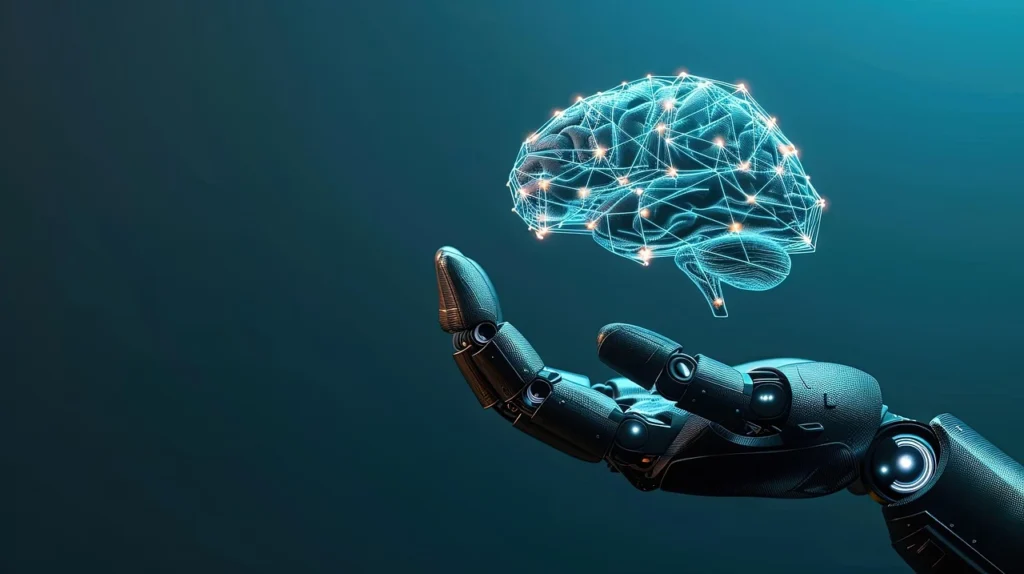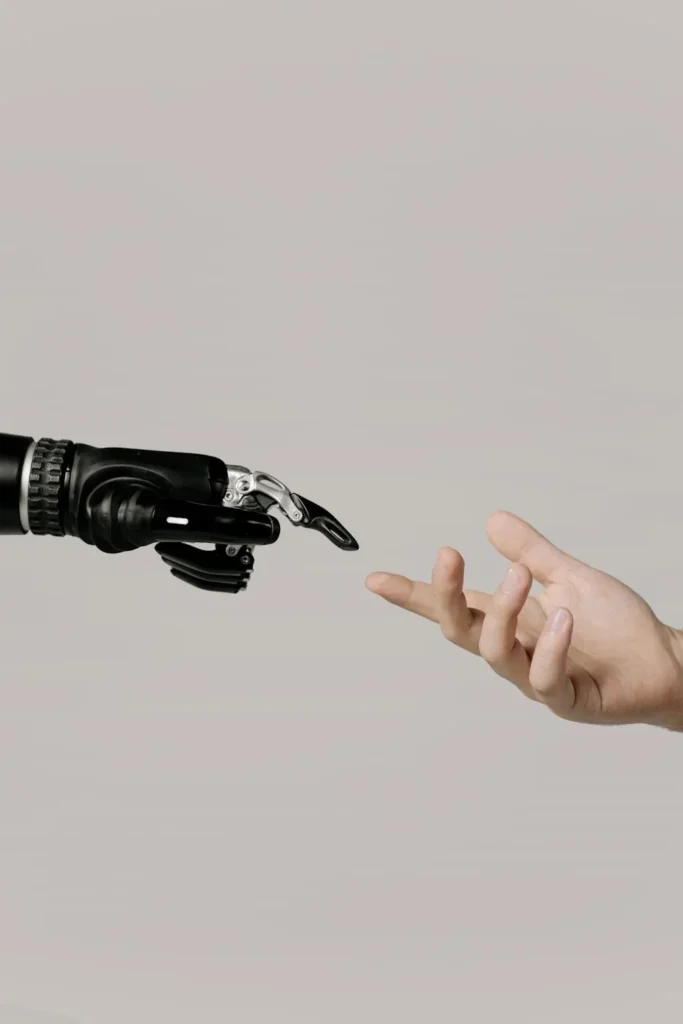What Is Agentification? The Rise Of Autonomous Software In 2025
1. What Is Agentification? The Rise of Autonomous Software in 2025

Table of Contents
What Makes AI Agents Different?
Feature | Traditional RPA | AI Agents (Agentification) |
Logic | Pre-programmed scripts | Dynamic reasoning |
Flexibility | Rigid and brittle | Adaptive and self-correcting |
Task Type | Repetitive, structured |
|
Why It Matters in 2025
In a global economy increasingly reliant on real-time operations and decentralized data, agentification answers the call for agility and intelligence.
“Agentification is the moment software stops being reactive and starts becoming an intelligent teammate.”
— Cory Warfield, LinkedIn Top Voice, Editor‑in‑Chief at Tech For Good, and seasoned AI & automation thought leader
The era of passive software is over. Welcome to the age of proactive digital agents.
The way we interact with software is undergoing a seismic shift. In 2025, we’re no longer just clicking buttons or writing scripts. Instead, software is thinking, deciding, and acting on its own.
Welcome to the age of autonomous software powered by intelligent AI agents capable of working independently, learning on the go, and optimizing outcomes without waiting for human instructions.
Goodbye RPA, Hello AI Agents
Robotic Process Automation (RPA) had its moment. It streamlined repetitive tasks and brought efficiency to back-office operations. But RPA is fundamentally script-based and brittle. It falters in the face of ambiguity, requires constant maintenance, and struggles with anything outside a rigid workflow.

Enter agentification—a major leap forward in automation.
Unlike RPA, AI agents powered by advanced large language models like GPT-4, Claude 3, or Gemini are built to think, adapt, and act independently. These intelligent agents don’t just follow scripts, they pursue goals. They integrate seamlessly with SaaS tools, access APIs, learn from interactions, and make informed decisions based on shifting business logic. The result isn’t just faster workflows, it’s smarter operations.
Multi-agent systems where digital teams that collaborate are already streamlining everything from invoice reconciliation to marketing optimization. We are entering an era where software isn’t just reactive; it’s proactive, strategic, and conversational.
Understanding agentification isn’t optional anymore. For organizations aiming to thrive in an AI-native future, it’s a critical capability.
Agentification is the process of turning static digital workflows into dynamic, autonomous entities known as agents. Unlike macros, bots, or rule-based scripts, agents powered by LLMs (Large Language Models) understand context, adapt behavior, and make decisions.
An agent is an autonomous software entity that performs tasks by understanding goals, evaluating options, and interacting with systems, users, and other agents.
Traditional automation executes; agentification collaborates. It’s a mindset shift from software as a servant to software as a colleague.
1.1 From Macros to Multi-Agent Intelligence: A 20-Year Evolution

The journey to agentification has unfolded over decades. It began with simple automation scripts and culminated in software that reasoned like a team of interns—but scales like cloud infrastructure.
The Evolution
Era
Tech Example
Capability
2000s
Excel Macros
Rule execution
2010s
RPA (UiPath)
Workflow automation
2020s
Zapier, Make
Conditional logic
2023–2024
LLM Agents
Contextual reasoning
2025
Agent Networks
Collaborative intelligence
We are now entering the multi-agent era, where systems no longer act in isolation. Instead, specialized agents—planners, researchers, analysts, communicators—interact like human teams.
Siqi Chen, founder of Runway Financial, offers a real-world case:
“One agent reconciles accounts, another flags anomalies, and a third drafts reports. Each talks to the other, just like your finance team would.”This is the essence of agentification—digital agents working with each other, not just for you.
1.2 Anatomy of an AI Agent: What Makes Them Tick

Core Components of an Agent
Component | Description | Example Tool(s) |
Reasoning Engine | Uses LLMs to interpret goals, context, and logic | GPT-4, Claude, Gemini |
Memory System | Stores past actions, conversations, and adapts over time | AutoGen, CrewAI |
Tool Use | Executes external API calls, code, or system commands | LangChain, ReAct |
Autonomy Layer | Enables agents to make decisions without constant input | LangGraph |
Multi-Agent Interface | Facilitates collaboration and communication between agents | AutoGen, Relevance AI |
Each of these parts contributes to an agent’s capacity to:
Interpret ambiguous commands.
Adapt to user history.
Chain tasks across tools.
Escalate or delegate actions intelligently.
Imagine an AI sales analyst agent:

Input: “Tell me which leads are most likely to convert this quarter.”
Process: Queries HubSpot, analyzes past sales, ranks leads.
Output: Produces a prioritized list and schedules follow-up emails via a messaging agent.
The traditional approach would require dashboards, human intervention, and hours of work. Agentification compresses that into seconds.
As highlighted in the May edition of HonestAI, ensuring meaningful human involvement in AI-driven systems is vital to fostering trust and accountability.
1.3 The Tools Powering the Agent Revolution
Agentification is being accelerated by open-source and enterprise-grade frameworks that abstract complexity for developers and businesses.
The rapid rise of agentification—the shift from static software to autonomous AI agents—is being fueled by a new breed of developer tools and frameworks. These platforms are designed to abstract away complexity, allowing teams to focus on building intelligent, collaborative agents without reinventing the wheel.
At GrayCyan, we harness the power of cutting-edge technologies to help our clients fully realize the potential of local AI solutions.

Let’s explore some of the most important tools that are shaping this transformation, and what makes each of them uniquely powerful.
Tool | Functionality | Notable Feature |
LangChain | Chains LLMs, tools, and memory | Built by Harrison Chase |
AutoGen (Microsoft) | Builds collaborative agents with autonomy | Supports long-term memory |
Relevance AI | Visual and API-native agents | Agent graphing & analytics |
CrewAI | Configurable multi-role agents | Simple YAML config system |
LangGraph | DAG-style agent flow control | Enables agent “thinking loops” |
LangChain: The Foundational Framework for Chaining Intelligence
Developed by Harrison Chase, LangChain is one of the earliest and most widely adopted libraries in the agentic AI space. Its core strength lies in its ability to chain together large language models (LLMs), tools, and memory components in a coherent pipeline.
Whether you’re building a customer support agent that uses a knowledge base or a multi-step assistant that queries APIs and summarizes results, LangChain offers the composability needed to bring these agents to life.
Why it matters: LangChain is often the go-to framework for rapid prototyping and experimentation with LLMs.
AutoGen by Microsoft: Collaborative Autonomy in Action
Microsoft’s AutoGen project focuses on enabling multi-agent collaboration. It provides a structure where agents can work together toward a shared goal while also maintaining long-term memory and contextual awareness.
This tool is ideal for complex workflows where one agent might write code, another might critique it, and a third might deploy it—all as part of an automated DevOps pipeline or internal knowledge task.
Why it matters: AutoGen brings structure and autonomy together, pushing the boundaries of agent cooperation in real-world enterprise environments
Relevance AI: Visual Interfaces + Agent Intelligence
Relevance AI combines the power of LLMs with visual agent design and API-native integrations. It’s one of the more business-friendly platforms, offering an intuitive interface where users can map out how agents behave and how they collaborate.
A standout feature is its agent graphing and analytics, which gives users insights into how different agents interact, where they succeed, and how workflows can be optimized.
Why it matters: Relevance AI bridges the gap between developers and business users, making agents explainable, traceable, and measurable.
CrewAI: Multi-Role Agents with Minimal Configuration
CrewAI is designed for simplicity and scalability. With just a YAML configuration file, developers can set up agents with different roles and personalities such as a researcher, writer, and reviewer—all working together in a coordinated fashion.
It’s especially popular for content production pipelines, market research, and internal automation tools where different tasks need different agent capabilities.
Why it matters: CrewAI democratizes multi-agent development by lowering the technical barrier to entry.
LangGraph: Orchestrating Agent Thinking Loops
Built as a layer on top of LangChain, LangGraph offers a novel take on agent autonomy by introducing DAG-style (directed acyclic graph) flow control. This allows agents to go through multiple iterations of reasoning before delivering a result—a concept known as “thinking loops.”
Think of it like giving your agent time to brainstorm, evaluate alternatives, and refine its answers before responding—just like a human would.
Why it matters: LangGraph is essential for developers building agents that need to reason deeply, self-correct, or manage recursive logic.
These platforms offer building blocks for the next generation of software—platforms where apps evolve into AI-powered colleagues. As we stand at the threshold of the agent-driven future, it’s clear that the convergence of tools like LLMs, vector databases, orchestration frameworks, and autonomous execution engines is redefining what intelligent systems can achieve.
These tools are not just enabling smarter workflows—they’re laying the groundwork for machines that can think, decide, and act on our behalf. The true power of this revolution lies not in any single innovation, but in the seamless integration of these technologies to form intelligent, adaptive agents. As this ecosystem matures, we’re not just building better tools—we’re shaping the next era of human-machine collaboration.
Bring Your SaaS Vision to Life with GrayCyan
Build a sleek, scalable software portal tailored to your business goals—powered by smart design and future-ready tech.
👉 Get Started with GrayCyan Today
Contributor:

Nishkam Batta
Editor-in-Chief – HonestAI Magazine
AI consultant – GrayCyan AI Solutions
Nish specializes in helping mid-size American and Canadian companies assess AI gaps and build AI strategies to help accelerate AI adoption. He also helps developing custom AI solutions and models at GrayCyan. Nish runs a program for founders to validate their App ideas and go from concept to buzz-worthy launches with traction, reach, and ROI.
Contributor:

Nishkam Batta
Editor-in-Chief - HonestAI Magazine
AI consultant - GrayCyan AI Solutions
Nish specializes in helping mid-size American and Canadian companies assess AI gaps and build AI strategies to help accelerate AI adoption. He also helps developing custom AI solutions and models at GrayCyan. Nish runs a program for founders to validate their App ideas and go from concept to buzz-worthy launches with traction, reach, and ROI.
Unlock the Future of AI -
Free Download Inside.
Get instant access to HonestAI Magazine, packed with real-world insights, expert breakdowns, and actionable strategies to help you stay ahead in the AI revolution.

